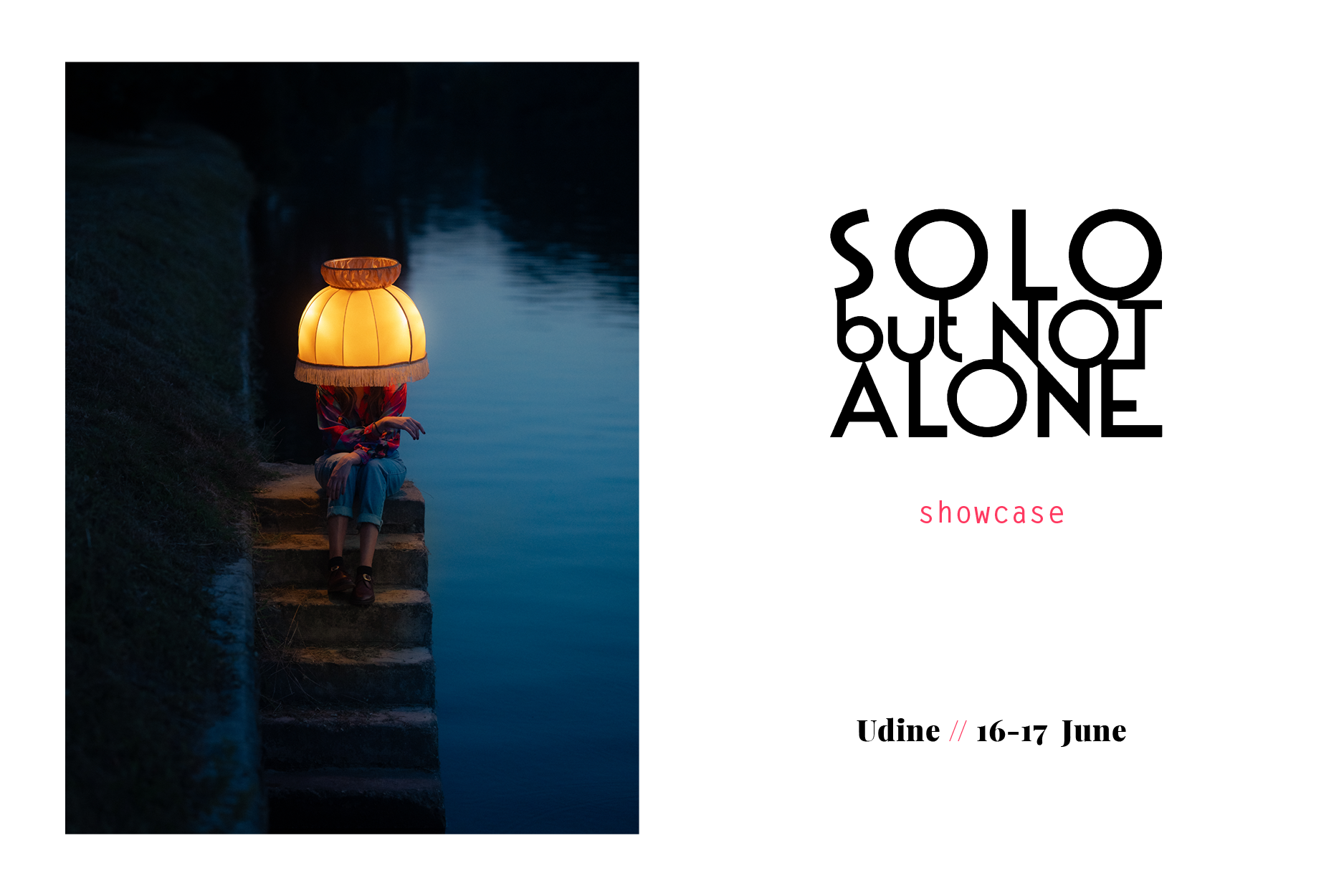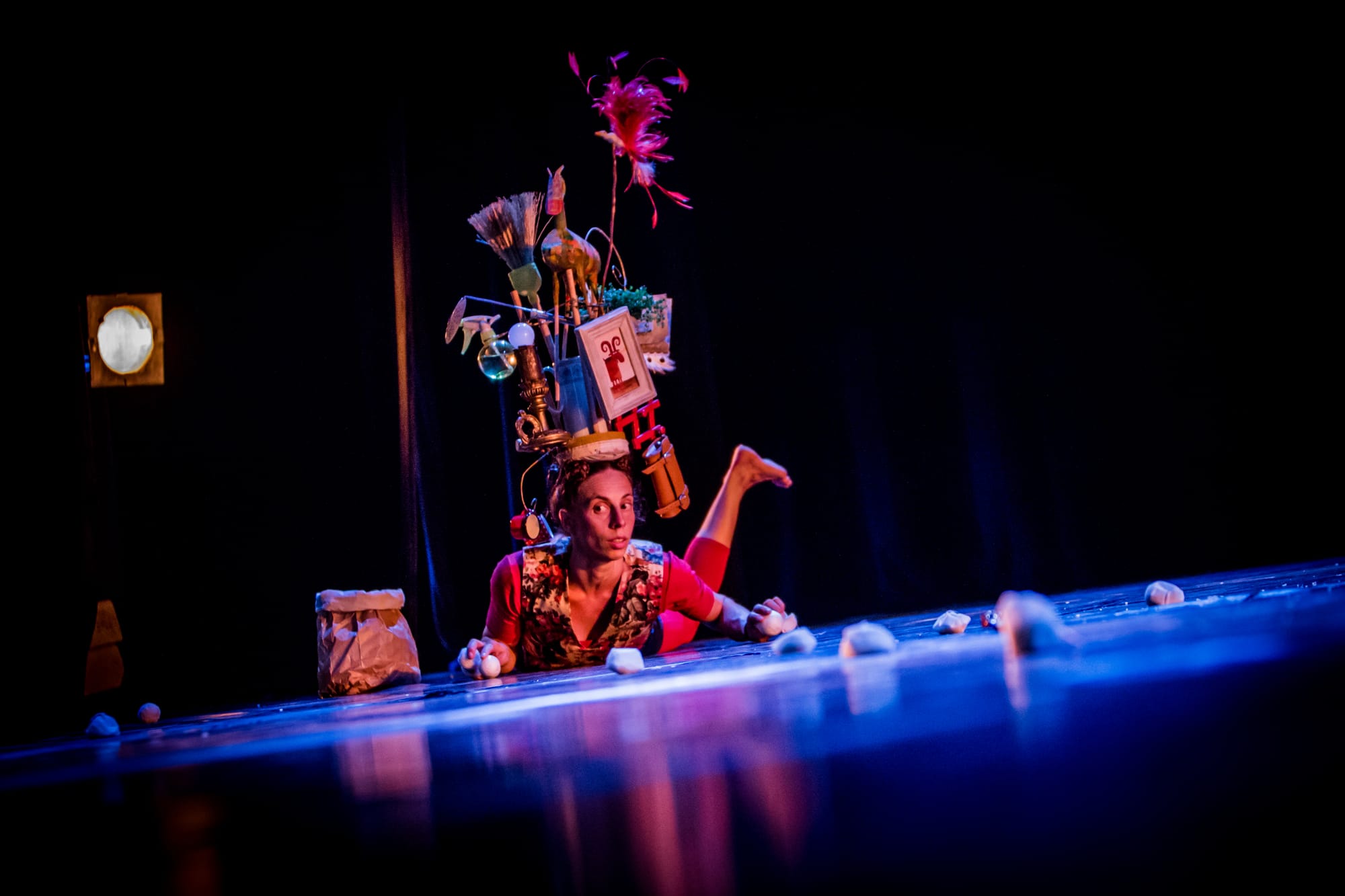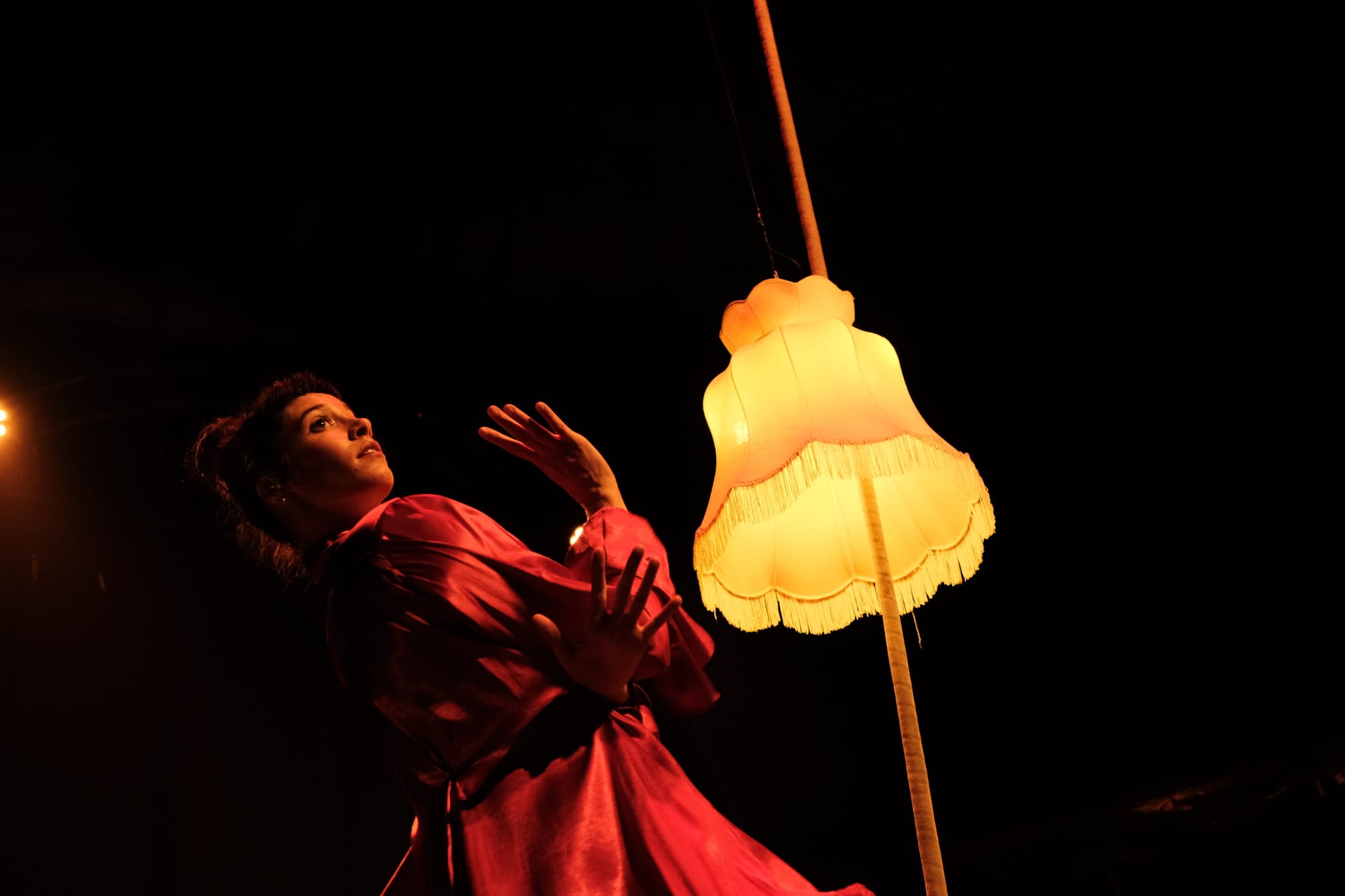SOLO BUT NOT ALONE. A showcase to nurture contemporary Italian circus

What engagement practices can we bring into play in Italy to ensure that contemporary circus can grow and continue to mature on stage as a language? To stimulate reflection on its positioning and ongoing dynamics within the Italian cultural system, the promoters of the project SOLO BUT NOT ALONE created the conditions for an active confrontation between cultural operators and circus artists within the framework of the festival Terminal of Udine. The two days scheduled for 16th and 17th June 2024 thus made it possible to reflect together on the state of artistic creation in Italy and its circulation inside and outside national borders.
A showcase dedicated to Italian circus
SOLO BUT NOT ALONE is an internationalisation project by Quattrox4 circus ETS in collaboration with Italian partners Circo all’Incirca, Dinamico Festival, MagdaClan e Fondazione Toscana Spettacolo onlus.
Listening to the introduction by Filippo Malerba and Gaia Vimercati of Quattrox4 Circo ETS project leader, it is immediately clear that the premise of the two-day showcase lies in the awareness of the cultural value of discovery. In the growth ecology of a sector, it is important to recognise the role, positions, thoughts and openness of cultural institutions and professionals - from performers to those who support them behind the scenes - within a mutual relationship. The participants explored the achievements and future ambitions of the selected artistic productions, reasoning together about their current role within the Italian cultural sector. Sharing the diversity of outlooks and depth of intentions, the meeting revealed the results achieved over the last two years, demonstrating the nourishing quality and the validity of the synergies encouraged by the project. The meeting with the artists of SOLO BUT NOT ALONE first introduced the artistic productions and then left room for two working tables, one entirely dedicated to the artists and the other, in parallel, to the cultural operators involved in planning or supporting the artistic creations of the project, to encourage precise reflections, share questions to be addressed together, and leave room for in-depth discussions on the themes that emerged before diving into the vision of the actual shows and sharing them with the Terminal audience.
Quattrox4 has been working for some time to create devices which support the research and vision of contemporary circus in Italy, successfully building virtuous systems of production. Working in relation to other national organisations and in favour of recognising contemporary circus as a language of creation. The organisation in Milan is also strongly committed to building relations with other countries and circuits, enabling an osmotic exchange between companies inside and outside the Italian territory. It commits itself through the study, production and programming of high-level contemporary circus shows, FUORI ASSE FESTIVAL in the Anfiteatro Martesana in September, FUORI ASSE FOCUS in collaboration with Triennale Milano Teatro in January, and through hybrid and experimental research devices like the LA PAROLA AI CORPI.
The aims of the artistic project
Thanks to the Italian MIC's Boarding Pass Plus initiative, SOLO BUT NOT ALONE has been running for two editions, each lasting two years. From its first cycle of life, 2021-22 to the current two-year period 2023-24 which is drawing to a close, the route has fostered artistic growth and increased the subsequent circulation of selected shows. It was during the pandemic period that Quattrox4 recognised the creation of contemporary circus solos as a distinctive but not exclusive feature of the authorship of Italian artists*. Hence the decision to support solo shows in a European context in which Italian circus is objectively lacking in economic and productive support.
The relationship with foreign countries is a distinctive feature, with focus on the body in communication with audiences. Why not combine the two initiatives, opening up the possibility for international audiences to come into contact with new solo Italian circus productions? SOLO BUT NOT ALONE was created to fill an obvious gap: on the one hand, the lack of production and support devices for the artistic creation of contemporary circus, and on the other, its lack of circulation inside and outside national borders.
The Italian circus's current context
The project sees internationalisation as a highly valuable professional development step for the selected artists. Over the past fifteen years - the current age of almost all the Italian contemporary circus organisations involved in the project - the phenomenon of circus artists fleeing abroad is often a determining factor which affects the quality and quantity of current artistic production.
High-level training and job placement of performers is realistically more valuable in France and Belgium than in our country, allowing Italian artists to establish themselves beyond the Alps. From this perspective, the creation of an Italian production and distribution apparatus capable of dealing with foreign countries acts as a third way to combine possibilities and needs, broadening the horizons of its performers in Europe without giving up an Italian base.
SOLO BUT NOT ALONE also claims the need for a paradigm shift in the artistic creation process. In the circus sphere, the creation of a show is a complex process, often lasting three years, and always plural, because it encompasses numerous distinct professional skills ranging from the technical to the artistic, but also the organisational. The creation of the on-stage performance must, therefore, not preclude the initiation of collective processes capable of involving multiple professionals behind the scenes. The artistic autonomy of the individual, then, can leave room for a collective value that unites various professional skills, in favour of complex processes that will endure over time and can create a future reference model devoted to creative interdependence.
Thus, for its second two-year period 2023-24, the line taken by SOLO BUT NOT ALONE recognised and integrated the distinctive trait of a plurality of outlooks in a circus creation process and improved its form by becoming a circle that also integrated possibilities for artists to work side by side with specialised figures in the design, production and distribution of the selected shows.
Not to be alone is the mantra shared by the project's central promoters: Circo all'Incirca, MagdaClan, Dinamico Festival, and Quattrox4. They are motivated by the value of pooling their design and artistic maturity to the network. For the second edition, Fondazione Toscana Spettacolo Onlus joined the project, recognising its professionalism in a theatrical context.
The international partners
Outside national borders, SOLO BUT NOT ALONE is an internationalisation project that has made it possible to broaden possibilities of confrontation and take new paths, thanks to a European network of circus organisations that share intentions and positioning with Italy. External partners of the project are Circ Bover and Fibló de Cap, Spain, Cirkorama/Cirkobalkana and Cirkus Kolektiv, Croatia, Cirkusfera/Cirkobalkana, Serbia, Erva Daninha/Trengo Festival and INAC/Cupola Circus Village, Portugal, PST - Priestor Súčasného Tanca/Move Fest, Slovakia, growing collaborations which hosted its protagonists in residencies and performances.
For the first edition, and with a progressive perspective, SOLO BUT NOT ALONE selected five Italian artists through a direct call; the second edition, on the other hand, was managed through a public call to which 50 artists responded and from which four were selected, the current grouping that is completing its journey this year.
In contemporary Italian circus, there is a strong claim to authorship; often the performers themselves on stage are also the directors. The author's function is increasingly collaborative and shared with other figures within the company, who work together to create the final form of the show. For this reason, another founding innovation of the second two-year period was the inclusion of three technical-organisational figures to work alongside the chosen companies, increasing the possibility of discovering the circus world for stage, sound and light technicians curious to come into contact with the genre, which is often much more technically demanding than other forms of performing arts, generating a further level of professional training within the production system.
These shows often have to be performed for a general or family audience, but in some cases, they are adult and require the type of audience that can be engaged with a circus show, understand the dramaturgical complexity of physical narration at the service of an idea, capable of seeking entertainment but also able to listen to a meaningful and personal story.
The selected projects

Tangle, Francesca Mari
Performer for the renowned mono-disciplinary company Gandini Juggling, Francesca is the juggler and author of the solo show Tangle which debuted in Italy at the end of 2021 and has had more than 30 performances. Born out of a personal trip to the Tonga islands in Polynesia, its inception stems from an encounter with Hiko, a traditional circular juggling pattern performed with Tui Tui nuts by women only, and with Losalio Milika Pusiaki, cultural advisor of this production. The performance reverses the perspective of cultural appropriation to give voice to a virtuous example of intercultural exchange and sisterhood in favour of the recognition and propagation of minority practices.

2984, Alessandro Maida
A circus artist who has been active for twenty years, trained at Flic Circus School in Turin, and then Esac in Brussels, founder of the French company Circocentrique and the Italian circus tent collective MagdaClan. After several group tours he chose the solo route with 2984, released in 2023. The title is a clear homage to Orwell in which the tragic prospect of a burnt-out, lifeless future becomes a pretext for rediscovering intimacy with oneself. An acrobatic juggler, Alessandro experiments on stage by relating with stones of all shapes and sizes, giving life to a dystopian scenario in which the boundaries between dance, theatre and circus are largely overcome to become one.

Nessuno, Giorgio Bertolotti
Student of the Flic school and founder of MagdaClan, together with Alessandro Maida, Giorgio is also the author of the clown show Yuri the Cosmonaut created with Petr Forman. While working on another art project in Bologna, he came into contact with the MasNada cooperative specialised in hosting the homeless, and began experimenting with the trump figure. In his work in progress, Nessuno, the invisibility of the outcast takes the form of a coat: a wearable set design but also a metaphor for the impossibility of communicating with society, a reverberation of his natural context of the street, and about his existential condition folding in on himself.

Gretel, Clara Storti
A visual and circus artist and one of the founders of Quattrox4, in 2021 Clara debuted as author and performer of Gretel at RomaEuropa festival. Suitable for theatre spaces and big tops, the show also circulates in children's theatre. In Gretel, the universe of fairy tales, the use of the surreal and outsized aesthetic and the narrative imagery connect with more current human themes such as migration and the ability to overcome difficulties of adaptation. The physical work is related to object manipulation, balancing and aerial rope. Inspired by the fairy tale of Hansel and Gretel, in Gretel, we are lost and found around the desire for an ideal home capable of guarding our affections.

Miss SBarbie, Morgana Morandi
A circus artist with a past as a gymnast, in her first show as an author, Morgana began creating Miss SBarbie - a punk collective history on our messy bodies in 2022 from an initial Quattrox4 research idea during the research residency LA PAROLA AI CORPI, MissBarbie is a solo for an interactive audience of all ages. A circusnext finalist for the year 2024, it is work on the body, play and power that focuses on the re-appropriation of a symbol, that of Barbie - the first doll with an adult body in the hands of a little girl - which has imprisoned the female imagination with its aesthetic canon but which is also a symbol of liberation for the imagination.

No Panic, Giuliano Garufi
A graduate of the INAC school in Portugal and the French Arc En Cirque school in Chambéry, Giuliano began experimenting with a clown and juggling solo in 2022. The core of the performance is an exploration of problem-solving and the portrayal of a character with an audaciously reserved demeanour. With the outside eye of Alejo Gamboa of company Alta Gama and the clown Fabrizio Rosselli, No Panic chronicles the tale of a juggler grappling with the challenge of remembering how to be himself on stage. The narrative unfolds as he confronts the duality of gravity and a wardrobe that resists its role as a mere object.

The Overcoats, Davide Perissutti
Artistic director of Festival Terminal and Circo all'Incirca, which was also formerly a circus and street theatre company, Davide began his adventure as an organiser in 2016 in parallel with that of circus author. From the personal experience of losing a house, he discovered an unfamiliar world, that of insurance and banking and its bureaucracy and procrastination, realising the topicality of the character portrayed in Gogol's eponymous short story. The Overcoats recounts the bureaucracy’s difficulties to children and portrays the world of ordinary people grappling with an oppressive bureaucratic system. The play was revived in 2021 during the pandemic and premiered at Mittelfest in 2023.

Piume, Elena Burani
She's a circus artist and director of the Dinamico Festival. After training at Flic in Turin, she studied theatre and dance, and in recent years has specialised in the Feldenkrais Method. After an intense career between Italy and the UK, she left the aerial dimension to explore singing and study clowning. Piume, a tragicomic dance between absurdity and truth, explores the theme of waiting and finds its ideal reception in an audience of teenagers or women. The performance incorporates dance and theatre in its relationship with the object on stage, no longer a vertical rope, but a milk bucket from her parents' farm.

La Donna Lampada, Laia Picas
Catalan but currently living in Udine, Italy, Laia Picas is La Donna Lampada, a solo that combines aesthetic presence with a profound message and involves a multifaceted team. On stage, Laia juggles on the rope and uses lampshades created for her by the artisan Michael Genovese and moved by the stage technician Paolo Tonezzer. The creative process has also become a multimedia story thanks to the photographers and videographers Lucrezia Ficetti and Alessio Ferreri. The illustration of a visual artist accompanies the performance and provides a combined exhibition while on tour. Gaia Vimercati edits the texts and the Catalan artist Griselda Juncà acts as an outside eye. The project is inspired by the philosopher Marina Garcés and her concept of critical imagination. After two years, the creation is on its way to its final form and the company is buying an aerial structure for a tour in the small towns of Friuli and Slovenia.
For a sharing of future challenges
A collective view of all the projects supported over two years by SOLO BUT NOT ALONE reveals the strong and distinctive character of the underlying cultural operation, the singular quality and liveliness of each author, a clear artistic and organisational vision of the trajectory by each group, and on the whole certainly the synergy of intentions that sustains them. The second activity of the day, shared between operators and companies, saw the participants engaged in two separate groups to discuss the fundamental aspects of the artistic supply chain, communication, distribution and the future of circus in Italy.
What is missing for contemporary circus to boost its budding and programming in Italy? What are the desires of the sector that unite artists and programmers? The aim of the exchange and reflection exercise was not to arrive at definitive answers, but to highlight key points of the discourse around the genre and its production needs through an open discussion.
How does it make sense to structure distribution in Italy and does the figure of the distributor still make sense? If, as a company, I want to propose myself to an institution, or, as a theatre or circuit, I want to receive proposals from an artist for my season, what cannot be missing in the presentation materials of a performance? What can artists and operators do to improve the future of contemporary circus in Italy? From the results shared by the two teams at the end of the round table, some complementary and shared aspects emerge.
From the point of view of cultural operators, clarity of communication materials and the technical specification is fundamental, often basic for understanding the logistical and production requirements of a circus show within a theatre context. The presence of a contact person within the artistic team in charge of the organisation is necessary to facilitate the steps from the conception of the event to its realisation, thus enabling the artist to devote themselves to their artistic practice and facilitating the designer in the management of all the preparatory and hosting phases of the project.

Conclusions
From the point of view of circus artists, on the other hand, a fundamental need to be understood as authors emerges, along with often being strongly multidisciplinary and not adhering to a single predefined category between dance, performance and circus. Also, the need to be recognised as examples of performance intended for an adult audience, not necessarily confined to an afternoon programme. The encounter with SOLO BUT NOT ALONE leaves a creative imprint aimed at a future that recognises contemporary Italian circus and embraces its varied demands. SOLO BUT NOT ALONE closes a cycle of intentions and connections inside and outside national borders that have allowed the start-up of artistic productions that would otherwise have been shelved. What will happen in the future when the project is no longer active? The Italian present possibilities must reconcile with the uncertain future of support for circus creation in the country. What remains is the original and mature quality of these instances and the willingness of artists to continue their professional history.
*This article is published in Italian on Altre Velocità

